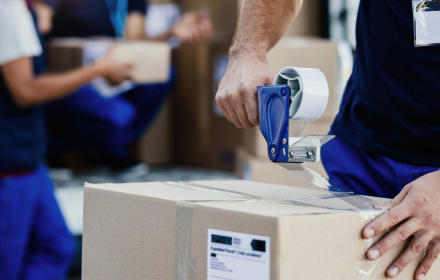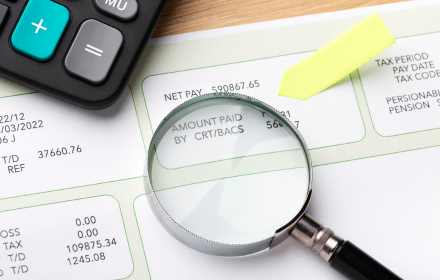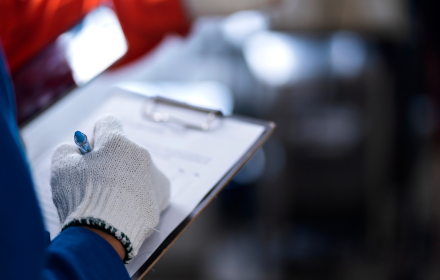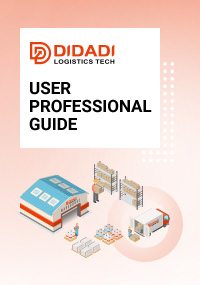Common Fees and Charges When Importing from China

Importing products from China is one of the fastest ways for entrepreneurs to grow their e-commerce businesses. Platforms like Alibaba, 1688, and Made-in-China connect sellers to thousands of manufacturers and factories, offering competitive prices and endless product choices.
But while sourcing seems simple, many first-time importers are surprised by the hidden costs of international trade. The “factory price” is only one part of the equation. Freight, customs, handling, and other fees can quickly add up and affect your profit margins.
This article breaks down the most common fees and charges you’ll face when importing from China, explains where beginners often make mistakes, and shows how a China 3PL like DIDADI Logistics can help manage costs and streamline the process.
Many new importers think the process is straightforward: buy products from a supplier, ship them to the U.S. or Europe, and start selling. The reality is more complex.
If you don’t plan ahead, you might encounter:
Customs delays because paperwork or product classification was incomplete.
Unexpected charges at ports or airports.
Storage bills when shipments arrive earlier than expected.
Negative reviews from customers because of long shipping times.
Understanding every fee and planning your supply chain properly ensures that your product truly remains profitable.
When suppliers quote you a price, that figure usually covers only the ex-factory cost—the expense of manufacturing. To understand the true financial picture, you must calculate your landed cost, which includes:
Factory price
Domestic transport in China (from the factory to the port or warehouse)
International freight (air, sea, express)
Customs duties and import taxes
Clearance service fees
Packaging, labeling, and compliance requirements
Insurance (optional but recommended)
Warehousing and storage
Last-mile delivery to your customer or fulfillment center
Only by looking at the landed cost can you make smart decisions about pricing and profit margins.
Freight is often the largest additional cost after manufacturing, and it varies based on how you ship.
Air freight is fast and suitable for lighter, time-sensitive products.
Sea freight is slower but more economical for bulk shipments.
Express couriers like DHL, FedEx, or UPS are simple for small parcels but can be expensive for larger volumes.
Factors that influence freight charges include shipment weight and volume, origin and destination ports, and seasonal demand. For example, prices often rise before major holidays like Christmas or Chinese New Year.
Every country applies its own duty and tax structure on imported goods. These are determined by the HS code (Harmonized System code) of your product.
The U.S., EU, UK, Canada, and Australia all have different duty rates depending on product categories.
Some products may also be subject to special tariffs.
Many regions charge additional import taxes such as VAT or GST.
Failing to classify your products correctly or ignoring duty costs can lead to delays, fines, or even seizure of goods.
In addition to duties and taxes, you often need to pay service fees for customs clearance. These cover the administrative process of moving your shipment legally into your destination country.
Examples include:
Filing and processing documentation.
Customs brokerage services.
Extra charges if your shipment is selected for inspection.
Bonds or security requirements in certain regions.
Working with experienced logistics providers ensures your documents are correct and reduces the risk of clearance delays.
When shipments arrive at ports or airports, local authorities or operators may charge handling fees. These can include unloading containers, storage at terminals, or port security costs.
Such fees are often overlooked by beginners, but they are part of the total cost of getting your product delivered.
If you’re selling on platforms like Amazon FBA, packaging and labeling compliance is crucial. Costs here can include:
Applying barcodes and labels to meet marketplace requirements.
Adding compliance marks such as CE or safety warnings.
Creating branded packaging for customer experience.
If these details are neglected, platforms may reject your products or charge additional fees. A 3PL like DIDADI Logistics can handle these requirements directly in China before shipping.
International shipping always involves some risk: goods can be delayed, lost, or damaged. Insurance protects you against significant financial losses.
Although optional, many experienced importers recommend it, especially for higher-value goods. The cost is usually small compared to the potential risk of losing an entire shipment.
Sometimes shipments don’t move as quickly as planned. If your products arrive early, if sales are slower than expected, or if customs clearance takes longer, you may need to pay for storage.
This can happen at:
Bonded warehouses near ports.
Amazon or marketplace fulfillment centers.
3PL warehouses in China or abroad.
A China-based 3PL like DIDADI Logistics allows you to store goods closer to the factory, consolidate shipments, and avoid high overseas storage charges.
Even after customs clearance, there are still costs for delivering products to their final destination. This could be:
An Amazon FBA warehouse.
A direct customer’s address from an eBay, Etsy, or TikTok Shop order.
Your own office or warehouse.
Last-mile costs vary depending on courier, distance, and delivery requirements.
Freight forwarders and 3PLs charge service fees for managing the logistics chain. Some sellers see this as an extra expense, but in practice these services:
Reduce the risk of costly mistakes.
Consolidate shipments to save on freight.
Ensure compliance with customs and marketplace requirements.
Speed up delivery and improve customer satisfaction.
In most cases, the value of professional logistics support outweighs the fee itself.
At DIDADI Logistics, we understand that unexpected fees are one of the biggest frustrations for importers. That’s why we provide:
Transparent cost breakdowns so you know what to expect.
China-based warehousing to store and prepare goods before shipping.
Customs clearance support with correct HS codes and paperwork.
Amazon FBA and marketplace prep services, including labeling and packaging.
Flexible freight solutions, balancing speed and cost.
Return solutions in key markets to handle customer needs efficiently.
Instead of struggling with a long list of separate charges, you get a simplified logistics structure that supports your growth.
Imagine a small seller who finds a great product on Alibaba and pays the supplier price upfront. They expect to sell at a healthy profit. But once the shipment is on its way, they learn about:
Additional freight surcharges because of oversized packaging.
Unexpected customs duties based on product classification.
Handling charges at the port.
Storage fees while waiting for Amazon warehouse space.
Suddenly, the profit margin is much smaller than planned.
This situation is common, but it can be avoided with proper cost planning and a reliable logistics partner.
Recommended Reading















